Hydrogen Peroxide Cleaning Tricks: Unlock the Sparkling Secrets to a Spotless Home!
Ever feel like you’re battling a never-ending war against grime and stains? I know I have! But what if I told you the secret weapon you’ve been searching for is probably already sitting in your medicine cabinet? We’re talking about hydrogen peroxide, that unassuming brown bottle that’s so much more than just a first-aid antiseptic.
For generations, resourceful homemakers have whispered about the amazing cleaning power of hydrogen peroxide. While its disinfecting properties have been recognized for years, its versatility as a cleaner is often overlooked. Think of it as a natural, eco-friendly alternative to harsh chemicals, ready to tackle everything from stubborn stains to lingering odors.
Why do you need these hydrogen peroxide cleaning tricks? Because life’s too short to spend hours scrubbing! These simple DIY hacks will not only save you time and money but also help you create a healthier, happier home. From brightening laundry to sanitizing surfaces, prepare to be amazed by the transformative power of this everyday essential. Let’s dive in and discover the sparkling secrets that await!
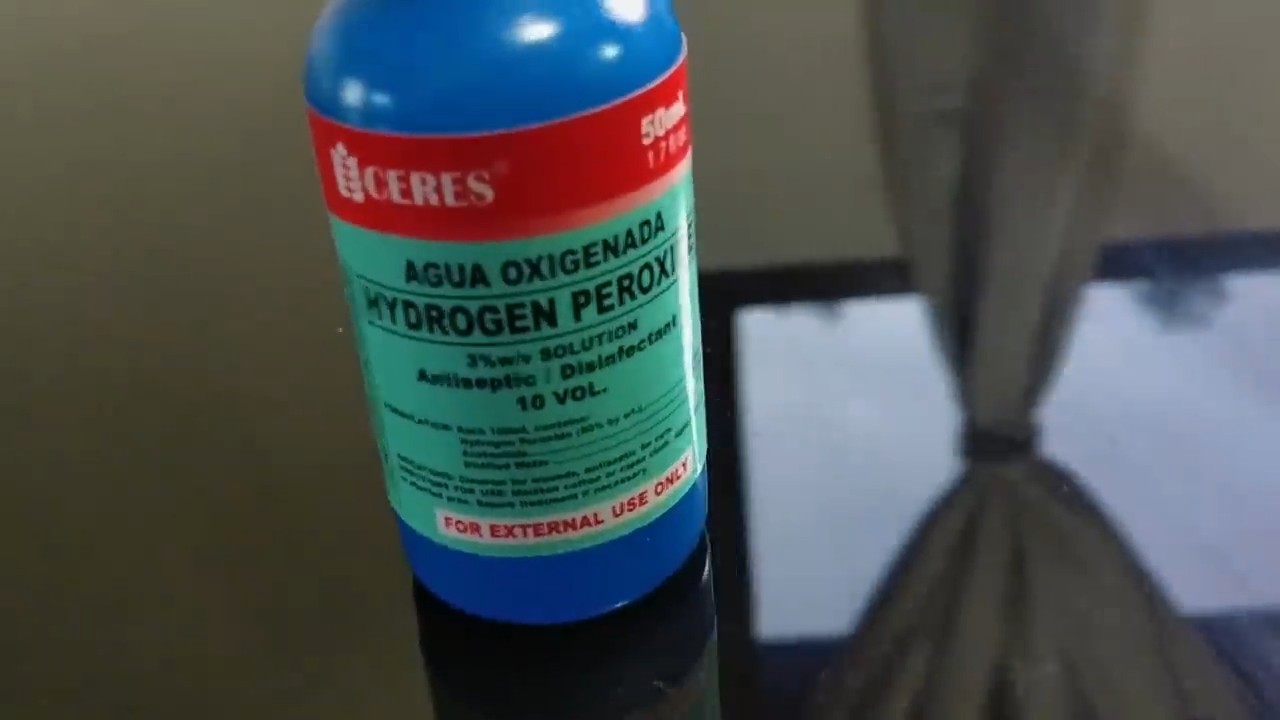
Unlocking the Cleaning Power of Hydrogen Peroxide: My Favorite DIY Hacks
Okay, let’s talk hydrogen peroxide! You probably have a bottle tucked away in your medicine cabinet, but did you know it’s a cleaning powerhouse? I’m going to share some of my favorite DIY cleaning hacks using this inexpensive and eco-friendly solution. Get ready to be amazed!
Understanding Hydrogen Peroxide: A Quick Primer
Before we dive in, let’s quickly cover the basics. The hydrogen peroxide you buy at the drugstore is usually a 3% solution. It’s a mild antiseptic and bleaching agent, which makes it perfect for cleaning and disinfecting. Always remember to test it on an inconspicuous area first, especially on colored fabrics or delicate surfaces. And never mix it with vinegar or bleach – that can create dangerous fumes!
Hack 1: Whitening Laundry Like a Pro
Tired of dingy whites? Hydrogen peroxide is my secret weapon! It’s a gentler alternative to bleach, and it works wonders on stains and brightening dull fabrics.
* **What you’ll need:**
* Hydrogen peroxide (3%)
* Laundry detergent
* Washing machine
* **Step-by-step instructions:**
1. **Pre-treat Stains:** Before throwing your clothes in the wash, tackle any stubborn stains. Pour a small amount of hydrogen peroxide directly onto the stain. Let it sit for about 10-15 minutes. For older, set-in stains, you might need to let it soak longer, even up to an hour.
2. **Add to the Washing Machine:** Add 1 cup of hydrogen peroxide to your washing machine along with your regular laundry detergent. Pour it directly into the bleach dispenser or add it to the drum before loading your clothes.
3. **Wash as Usual:** Wash your clothes as you normally would, using the appropriate water temperature and cycle for the fabric.
4. **Check the Results:** Once the wash cycle is complete, check your clothes. If the stains are still visible, repeat the process or try a different stain removal method.
5. **Dry as Usual:** Dry your clothes as you normally would. Sunshine is a natural whitener, so hanging them outside to dry can further enhance the brightening effect.
Hack 2: Disinfecting Cutting Boards and Kitchen Surfaces
Cutting boards can harbor bacteria, even after washing. Hydrogen peroxide is a fantastic way to disinfect them and keep your kitchen clean.
* **What you’ll need:**
* Hydrogen peroxide (3%)
* Spray bottle
* Clean cloth or paper towels
* **Step-by-step instructions:**
1. **Wash the Surface:** First, wash your cutting board or kitchen surface with soap and water to remove any food particles or debris. Rinse thoroughly.
2. **Spray with Hydrogen Peroxide:** Pour hydrogen peroxide into a spray bottle. Spray the entire surface of the cutting board or countertop, making sure to cover all areas.
3. **Let it Sit:** Allow the hydrogen peroxide to sit on the surface for about 5-10 minutes. This gives it time to disinfect and kill bacteria.
4. **Wipe Clean:** After 5-10 minutes, wipe the surface clean with a clean cloth or paper towels.
5. **Rinse (Optional):** If you’re concerned about any residue, you can rinse the surface with water after wiping it clean. However, it’s generally not necessary.
6. **Air Dry:** Allow the surface to air dry completely before using it.
Hack 3: Cleaning Grout Like a Pro
Grimey grout can make your entire bathroom look dirty. Hydrogen peroxide, combined with baking soda, creates a powerful cleaning paste that will leave your grout sparkling.
* **What you’ll need:**
* Hydrogen peroxide (3%)
* Baking soda
* Old toothbrush or grout brush
* Spray bottle (optional)
* Water
* **Step-by-step instructions:**
1. **Make a Paste:** In a small bowl, mix hydrogen peroxide and baking soda to form a thick paste. The consistency should be similar to toothpaste.
2. **Apply the Paste:** Using an old toothbrush or grout brush, apply the paste to the grout lines. Make sure to cover all the grout thoroughly.
3. **Let it Sit:** Allow the paste to sit on the grout for about 5-10 minutes. For heavily soiled grout, you can let it sit for up to 30 minutes.
4. **Scrub the Grout:** After letting the paste sit, scrub the grout lines with the toothbrush or grout brush. Use a circular motion to loosen the dirt and grime.
5. **Rinse with Water:** Rinse the grout with water to remove the paste and loosened dirt. You can use a spray bottle filled with water or a damp cloth.
6. **Dry the Grout:** Wipe the grout dry with a clean cloth or towel. You can also allow it to air dry.
7. **Repeat if Necessary:** If the grout is still dirty, repeat the process. You may need to scrub more vigorously or let the paste sit for a longer period of time.
Hack 4: Freshening Up Your Toothbrush
Your toothbrush can harbor bacteria, so it’s important to keep it clean. Hydrogen peroxide is a simple and effective way to disinfect your toothbrush.
* **What you’ll need:**
* Hydrogen peroxide (3%)
* Small cup or glass
* **Step-by-step instructions:**
1. **Rinse Your Toothbrush:** After brushing your teeth, rinse your toothbrush thoroughly with water to remove any toothpaste or debris.
2. **Pour Hydrogen Peroxide:** Pour a small amount of hydrogen peroxide into a small cup or glass.
3. **Soak Your Toothbrush:** Place your toothbrush in the cup, making sure the bristles are submerged in the hydrogen peroxide.
4. **Let it Soak:** Allow your toothbrush to soak in the hydrogen peroxide for about 5-10 minutes.
5. **Rinse Again:** After soaking, rinse your toothbrush thoroughly with water to remove any remaining hydrogen peroxide.
6. **Air Dry:** Allow your toothbrush to air dry completely before storing it.
Hack 5: Cleaning Mirrors and Windows for a Streak-Free Shine
Forget expensive glass cleaners! Hydrogen peroxide can give you streak-free mirrors and windows without the harsh chemicals.
* **What you’ll need:**
* Hydrogen peroxide (3%)
* Spray bottle
* Microfiber cloth
* **Step-by-step instructions:**
1. **Pour into Spray Bottle:** Pour hydrogen peroxide into a clean spray bottle.
2. **Spray the Surface:** Lightly spray the mirror or window with hydrogen peroxide. Don’t over-saturate the surface.
3. **Wipe with Microfiber Cloth:** Immediately wipe the surface with a clean, dry microfiber cloth. Use a circular motion to remove the hydrogen peroxide and any dirt or streaks.
4. **Buff to a Shine:** If necessary, buff the surface with a clean, dry section of the microfiber cloth to achieve a streak-free shine.
Hack 6: Removing Mildew and Mold in the Bathroom
Mildew and mold are common problems in bathrooms due to the humidity. Hydrogen peroxide can help kill and remove these unsightly growths.
* **What you’ll need:**
* Hydrogen peroxide (3%)
* Spray bottle
* Scrub brush or sponge
* Gloves (optional)
* **Step-by-step instructions:**
1. **Spray the Affected Area:** Pour hydrogen peroxide into a spray bottle. Spray the affected area with hydrogen peroxide, making sure to saturate the mildew or mold.
2. **Let it Sit:** Allow the hydrogen peroxide to sit on the surface for about 10-15 minutes. This gives it time to kill the mildew or mold.
3. **Scrub the Area:** After letting the hydrogen peroxide sit, scrub the area with a scrub brush or sponge to remove the mildew or mold.
4. **Rinse with Water:** Rinse the area with water to remove any remaining hydrogen peroxide and mildew or mold.
5. **Dry the Area:** Dry the area with a clean cloth or towel.
6. **Repeat if Necessary:** If the mildew or mold is still visible, repeat the process. You may need to scrub more vigorously or let the hydrogen peroxide sit for a longer period of time.
7. Ventilate the Area: Make sure to ventilate the bathroom well to prevent future mildew and mold growth.
Hack 7: Cleaning and Disinfecting Sponges
Sponges are breeding grounds for bacteria. Keep them clean and fresh with a hydrogen peroxide soak.
* **What you’ll need:**
* Hydrogen peroxide (3%)
* Bowl or container
* **Step-by-step instructions:**
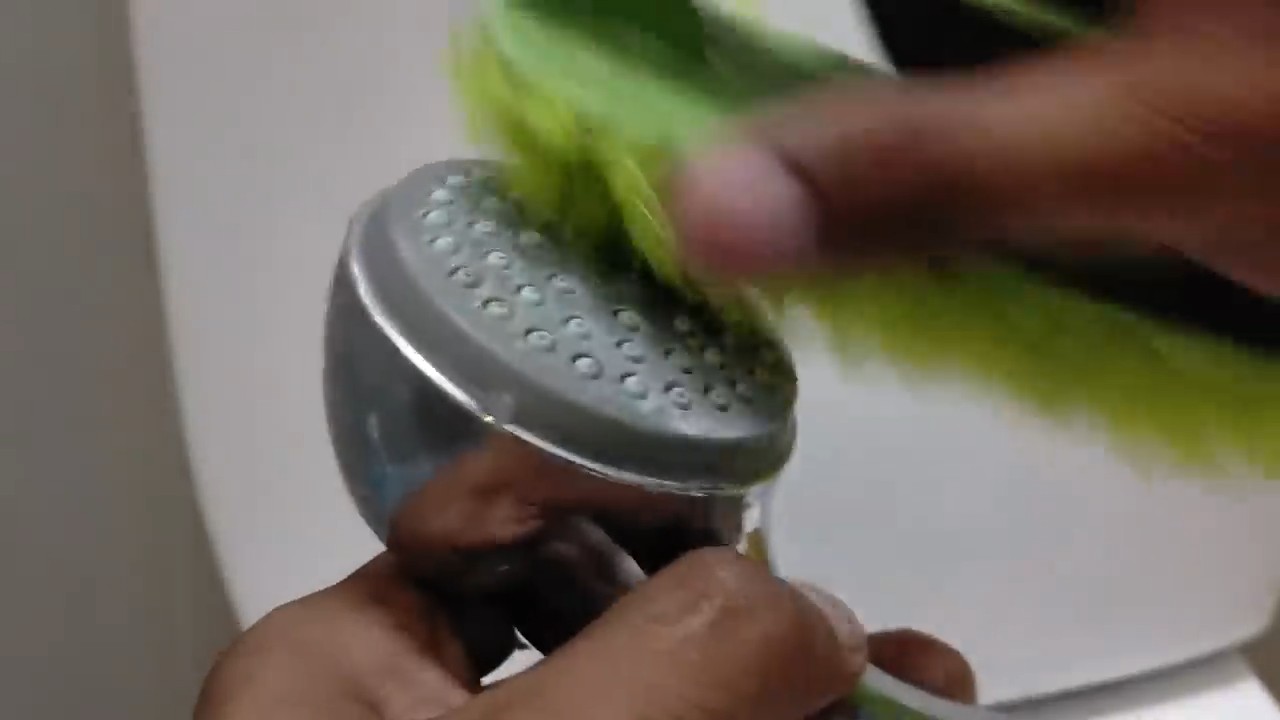
Conclusion
So, there you have it! Unlocking the cleaning power of hydrogen peroxide is not just a cost-effective alternative to harsh chemicals; it’s a game-changer for a healthier, brighter home. We’ve explored a range of applications, from banishing stubborn stains to sanitizing surfaces, all with one simple, readily available ingredient. The versatility of hydrogen peroxide truly shines through, making it an indispensable tool in your cleaning arsenal.
Why is this DIY trick a must-try? Because it’s effective, affordable, and environmentally conscious. You’re reducing your reliance on potentially harmful chemicals while achieving sparkling results. Plus, the satisfaction of knowing you’re creating a cleaner, safer environment for yourself and your loved ones is immeasurable.
But don’t stop there! Experiment with variations to suit your specific needs. For instance, if you’re tackling particularly tough mildew stains in the bathroom, try combining hydrogen peroxide with baking soda to create a powerful paste. Let it sit for a few minutes before scrubbing, and watch the mildew disappear. Or, for a refreshing twist, add a few drops of your favorite essential oil, like lemon or lavender, to your hydrogen peroxide spray bottle for a naturally scented cleaning solution. Remember to always test in an inconspicuous area first, especially on delicate surfaces.
We’ve covered a lot of ground, from disinfecting cutting boards to brightening laundry. The possibilities are truly endless. The key is to understand the properties of hydrogen peroxide and use it responsibly. Always dilute it appropriately, wear gloves when necessary, and avoid mixing it with other cleaning agents, especially bleach.
Now, it’s your turn to experience the magic of hydrogen peroxide cleaning tricks! We encourage you to try these methods in your own home and discover the incredible cleaning power for yourself. Don’t be afraid to get creative and adapt these techniques to your specific needs.
We’re confident that you’ll be amazed by the results. And most importantly, we want to hear about your experiences! Share your before-and-after photos, your favorite hydrogen peroxide cleaning hacks, and any tips or tricks you’ve discovered along the way. Let’s build a community of savvy cleaners who are passionate about creating healthier, happier homes. Leave your comments and stories below – we can’t wait to hear from you! Let us know what worked, what didn’t, and any innovative ways you’ve found to use this amazing cleaning agent. Together, we can unlock even more of its potential and make our homes cleaner and greener, one spray at a time.
Frequently Asked Questions (FAQ)
Is hydrogen peroxide safe to use around pets and children?
Hydrogen peroxide is generally considered safe when used properly and diluted appropriately. However, it’s crucial to exercise caution when using it around pets and children. Always keep hydrogen peroxide out of reach of children and pets, as ingestion can be harmful. When cleaning surfaces, ensure they are thoroughly dry before allowing pets or children to come into contact with them. If you’re concerned about potential exposure, consider using a diluted solution and rinsing the area with water afterward. As a general rule, always supervise children when they are near cleaning products, even those considered relatively safe. If you have any specific concerns about your pet’s or child’s health, consult with a veterinarian or pediatrician.
What is the best concentration of hydrogen peroxide to use for cleaning?
The most common concentration of hydrogen peroxide available for household use is 3%. This is generally sufficient for most cleaning tasks. For more stubborn stains or disinfecting purposes, you can use the 3% solution undiluted. However, for delicate surfaces or for general cleaning, diluting the solution with water is recommended. A 1:1 ratio of hydrogen peroxide to water is a good starting point. For example, you can mix equal parts of hydrogen peroxide and water in a spray bottle for cleaning countertops or bathroom fixtures. Always test the solution in an inconspicuous area first to ensure it doesn’t damage the surface. Higher concentrations of hydrogen peroxide are available, but they are typically used for industrial or medical purposes and should be handled with extreme care.
Can I mix hydrogen peroxide with other cleaning products?
No, it is generally not recommended to mix hydrogen peroxide with other cleaning products, especially bleach. Mixing hydrogen peroxide with bleach can create toxic chlorine gas, which can be harmful to your health. Always use hydrogen peroxide on its own or in combination with safe alternatives like baking soda or vinegar (though not at the same time). When using hydrogen peroxide, ensure the area is well-ventilated to avoid inhaling any fumes. If you’re unsure about the compatibility of hydrogen peroxide with another cleaning product, it’s best to err on the side of caution and avoid mixing them.
Will hydrogen peroxide damage colored fabrics or surfaces?
Hydrogen peroxide has bleaching properties, so it’s essential to test it on an inconspicuous area before using it on colored fabrics or surfaces. To test, apply a small amount of hydrogen peroxide to a hidden area and let it sit for a few minutes. If there is no discoloration or damage, you can proceed with using it on the rest of the surface. For colored fabrics, it’s best to dilute the hydrogen peroxide with water and use it sparingly. Avoid using hydrogen peroxide on delicate fabrics like silk or wool, as it may cause damage. When cleaning colored surfaces, always wipe away any excess hydrogen peroxide to prevent discoloration.
How should I store hydrogen peroxide?
Hydrogen peroxide should be stored in a cool, dark place away from direct sunlight and heat. Exposure to light and heat can cause it to decompose and lose its effectiveness. Keep it in its original container, which is typically an opaque bottle to protect it from light. Ensure the cap is tightly sealed to prevent evaporation. Store it out of reach of children and pets. Properly stored hydrogen peroxide can last for several months. If you notice that the solution is no longer bubbling when applied to a cut or wound, it may have lost its potency and should be replaced.
Can hydrogen peroxide be used to clean mold and mildew?
Yes, hydrogen peroxide is an effective cleaner for mold and mildew. Its oxidizing properties help to kill mold spores and remove stains. To clean mold and mildew, spray the affected area with 3% hydrogen peroxide and let it sit for 10-15 minutes. Then, scrub the area with a brush or sponge and wipe away any residue. For stubborn mold or mildew, you can create a paste by mixing hydrogen peroxide with baking soda. Apply the paste to the affected area, let it sit for a few minutes, and then scrub and rinse. Always wear gloves and eye protection when cleaning mold and mildew, and ensure the area is well-ventilated.
How often should I use hydrogen peroxide for cleaning?
The frequency of using hydrogen peroxide for cleaning depends on the specific application and your personal preferences. For disinfecting frequently touched surfaces like countertops and doorknobs, you can use hydrogen peroxide daily or as needed. For cleaning mold and mildew, you may only need to use it a few times a year, depending on the humidity and ventilation in your home. For laundry, you can add hydrogen peroxide to every load to brighten whites and remove stains. Ultimately, the best approach is to assess your cleaning needs and use hydrogen peroxide accordingly. Remember to always follow the safety guidelines and test in an inconspicuous area first.

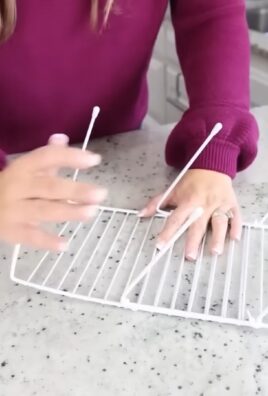
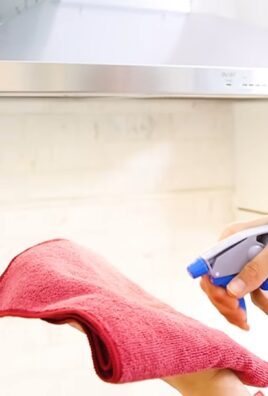
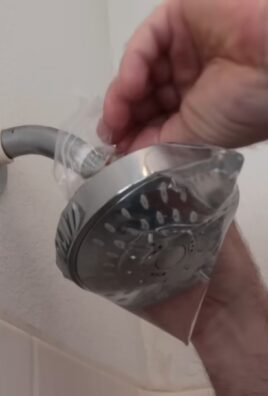
Leave a Comment